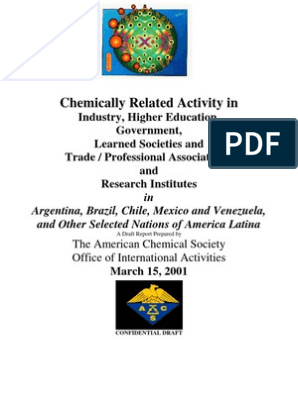0% found this document useful (0 votes)
69 views27 pagesSupreme Court - 64200767 - 2025 - 07 - 28 - 11 - 20
The Supreme Court of India, established on January 28, 1950, serves as the apex judicial authority under the Constitution, overseeing federal matters and ensuring the protection of fundamental rights. It consists of a Chief Justice and up to 34 judges, appointed by the President with recommendations from the Chief Justice and senior judges, and has the power to review legislation and executive actions for constitutionality. The Court's jurisdiction includes original, appellate, and advisory functions, alongside the authority to issue various writs to enforce fundamental rights.
Uploaded by
danishmanzoor6789Copyright
© © All Rights Reserved
We take content rights seriously. If you suspect this is your content, claim it here.
Available Formats
Download as PDF, TXT or read online on Scribd
0% found this document useful (0 votes)
69 views27 pagesSupreme Court - 64200767 - 2025 - 07 - 28 - 11 - 20
The Supreme Court of India, established on January 28, 1950, serves as the apex judicial authority under the Constitution, overseeing federal matters and ensuring the protection of fundamental rights. It consists of a Chief Justice and up to 34 judges, appointed by the President with recommendations from the Chief Justice and senior judges, and has the power to review legislation and executive actions for constitutionality. The Court's jurisdiction includes original, appellate, and advisory functions, alongside the authority to issue various writs to enforce fundamental rights.
Uploaded by
danishmanzoor6789Copyright
© © All Rights Reserved
We take content rights seriously. If you suspect this is your content, claim it here.
Available Formats
Download as PDF, TXT or read online on Scribd
/ 27





















































































